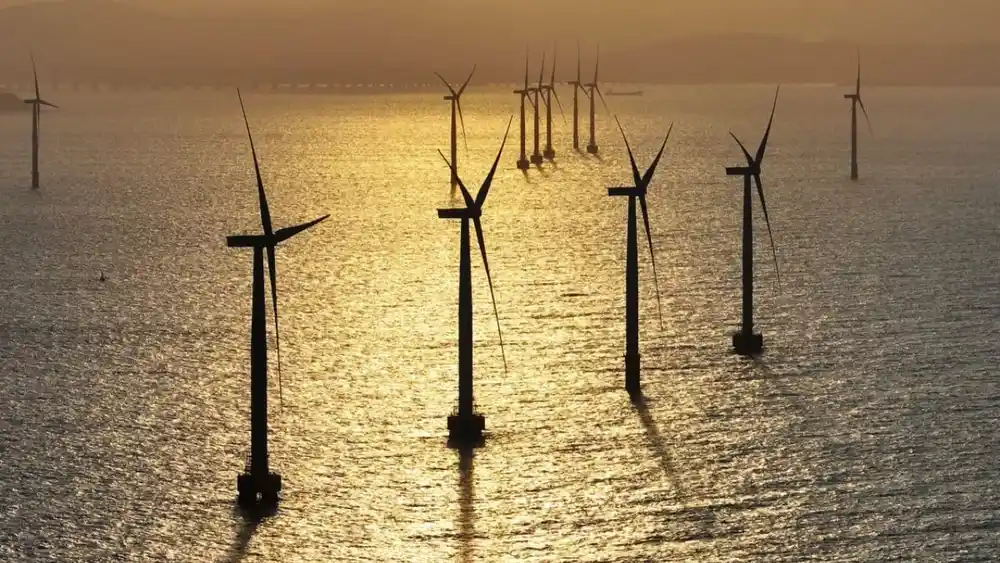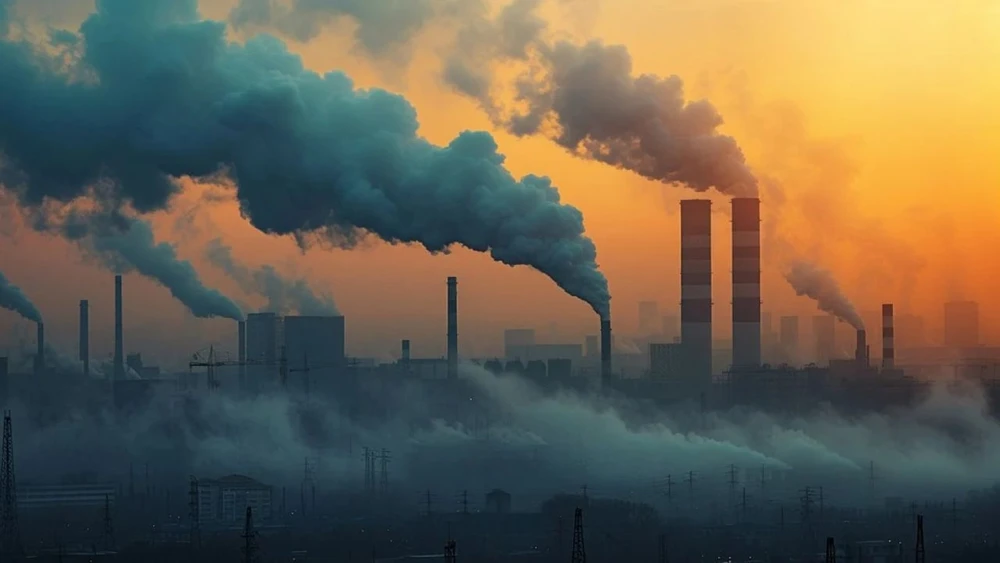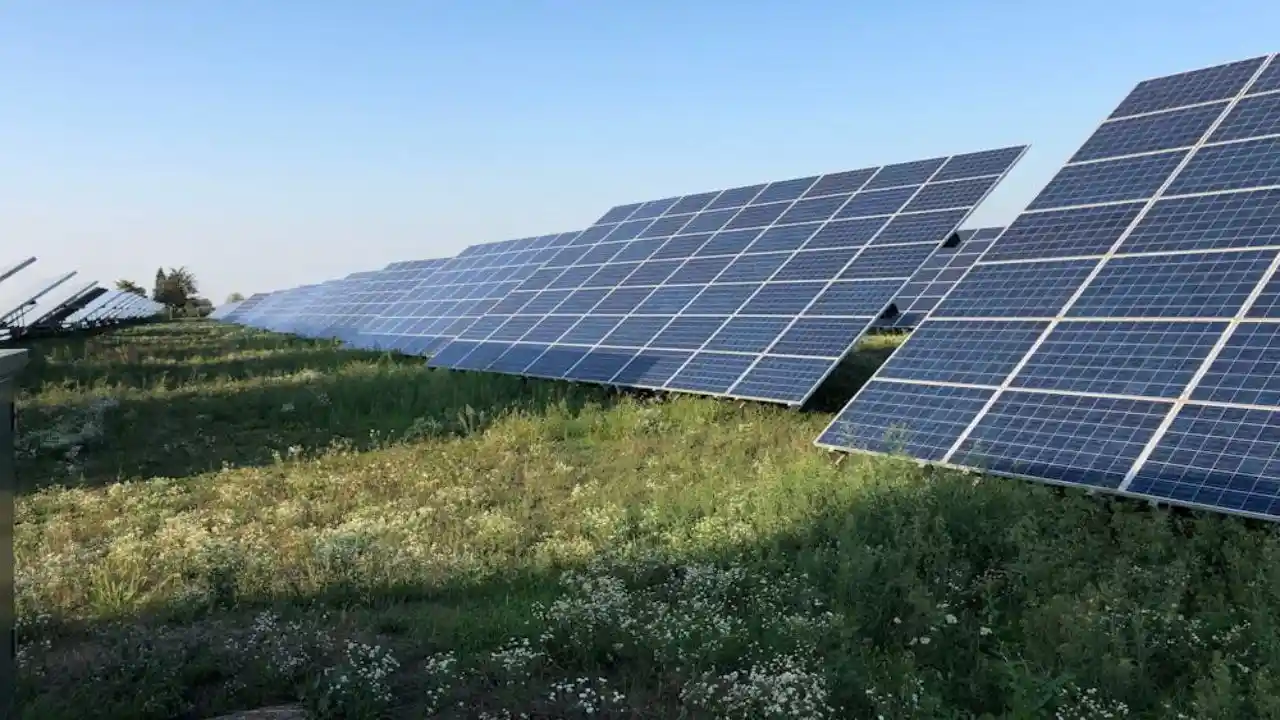
- China lays out a 17-point plan to substitute renewable energy.
- It aims to cover renewable energy equivalent to 1.1 billion tonnes of coal by 2025.
- Coal-use equivalency should rise to 1.5 billion tonnes by 2030.
- It will increase energy security and achieve carbon neutrality targets.
China launched a large program as part of efforts to transition away from coal-based energy, issuing a comprehensive 17-point program designed to restrain coal use across sectors. The strategy is set out by the National Development and Reform Commission, the agency that will drive the country incrementally, and without a hitch, to the next phase in a movement away from fossil fuel, and away from power shortages which have characterised much of its existence.
Also read: Colorado Kicks Off Federal Home Energy Rebates Program
The NDRC plan encourages renewable energy consumption in a “safe,” “orderly,” and “diversified” manner toward the target of achieving more than 1.1 billion tonnes of standard coal equivalent renewable energy consumption by 2025, which is 100 million tonnes more than the 2022 goal. The NDRC said this goal will be upgraded to an equivalent of 1.5 billion tonnes by 2030, the year in which China will fulfill its commitment to peaking carbon emissions by that year and reaching net-zero emissions by 2060.
The new plan highlights that the capability for renewable energy supply has to be enhanced further and the construction of such infrastructure has to be hastened. Since considerable investment in clean energy was done in the form of solar, wind, and marine energy over several years, China has already completed some of its targets early. One of those objectives is the attainment of 1,200 gigawatts of solar and wind capacity six years ahead of time.
Despite this progress, renewable energy accounted for only 26.4% of China’s total power consumption at the end of last year, with coal still providing about half of the nation’s energy needs. Experts note that Beijing’s initiatives are not solely about fulfilling carbon reduction commitments; they also aim to bolster energy security amid rising instances of power shortages.
Also read: Shell’s Renewable Investments Drop to 8% Amid Rising Profits
In its latest paper, the NDRC called upon every region to understand the pressure of shifting to renewable sources and to accelerate these actions. The plan names important sectors for energy substitution-iron and steel, construction, transportation, and agriculture-all which are traditional industries-urging them to shift from their conventional energy sources to solar, wind, biomass, and tidal energy according to what is suitable for each of them in their region.
China is implementing the plan carefully so as not to break the existing chain of energy supply. The system promotes the coexistence of new and traditional energy sources, integrating new facilities with existing infrastructure for power, gas, and heat. The plan also calls on market entities capable of supplying clean energy to join the power market and build pilot green-energy parks in economic development zones, fully powered by renewables.
Since President Xi Jinping announced his commitments to the United Nations for carbon reduction, China has made giant strides in research, investment, and deployment of decarbonization technologies. While the commitment has been roped around economic growth, exports of electric vehicles, solar panels, and lithium batteries pick up vehemently and have become a source of national pride despite international criticism and tariffs.
Also read: DOE Backs FAU’s Ocean Energy Project to Power Southeast Florida
China is at the forefront of solar and wind energy development. Last year, it accounted for 66% of new wind energy capacity in the world, and more than 60% of newly added solar capacity, according to the International Energy Agency.
The 17-point renewable energy substitution plan is a step for China toward a cleaner future of energy. Gradually decreasing reliance on coal while improving renewable energy capacity will ensure that China achieves its carbon neutrality goals and that there is energy security in place. The path going forward will require collaboration from different industries and the integrating of new technologies to meet the sustainable energy landscape.






